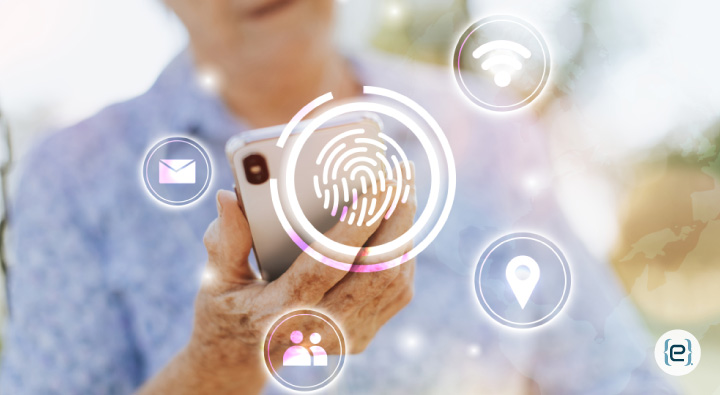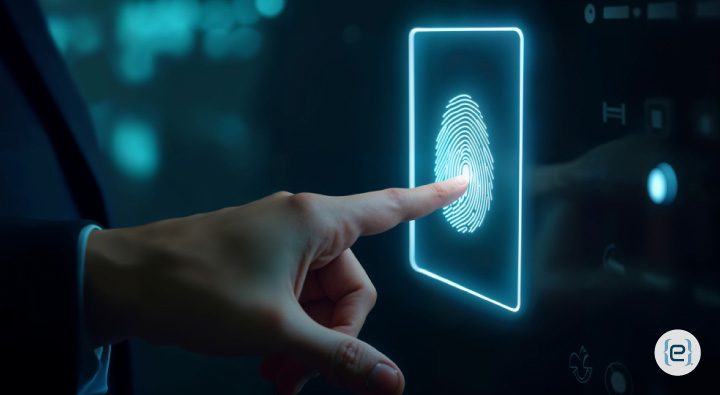The Morning That Changed My Mind
Last week, while unlocking your phone for probably the thousandth time that day, have you ever stopped to consider what’s happening beneath your thumb? That tiny scanner—no bigger than a dime—reads the unique patterns of your fingerprint in milliseconds. If you’ve ever accidentally locked yourself out of your devices, you’ll understand the love-hate relationship with this technology. But how does it really work?
The Not-So-Simple Scanner
Forget the old spy movies with glowing palm readers. Today’s fingerprint scanners are far more sophisticated. They take microscopic “photos” of your finger, analyzing not just a simple pattern, but the valleys, ridges, and intricate details that make your fingerprint unique. Imagine a tiny cartographer mapping the landscape of your fingertip—every unlock is a marvel of miniaturized engineering.
What’s truly astonishing is that no two fingerprints are the same—not even for identical twins. Each of us carries ten unique biological passwords at all times. Your fingerprint pattern formed before you were born and, unless you’re unlucky with superglue or kitchen mishaps, will stay with you for life.
Behind the Scenes Magic
Let’s break down those milliseconds between touching your phone and seeing your home screen. The scanner captures an image using one of three technologies:
- Optical scanners: These act like tiny cameras, snapping a high-resolution image of your fingerprint.
- Capacitive scanners: They measure the electrical charges from your finger’s ridges and valleys, leveraging your skin’s conductivity.
- Ultrasonic scanners: These use sound waves to create a 3D map of your fingerprint, offering even greater accuracy.
But your fingerprint isn’t stored as an image. That would be a privacy and storage nightmare. Instead, the scanner creates a mathematical representation—a unique code based on key points like ridge endings and splits. This code is nearly impossible to reconstruct into an actual fingerprint, helping to keep your biometric data secure. For a deeper look at how security and privacy intersect in technology, check out security and privacy insights from eMazzanti.
When Things Go Wrong
Ever tried unlocking your phone with wet or dirty fingers? Water, oil, or even those cheese puff crumbs can interfere with the scanner’s ability to read your print. The technology needs a clean, clear image to make an accurate match, which is why you sometimes get that frustrating “try again” prompt.
Finding the right balance between security and usability is key. If the system is too strict, you’ll be retrying constantly. Too lenient, and security is compromised. Most fingerprint systems aim for a false acceptance rate of 0.001%—about a one in 100,000 chance of a false match. If you’re interested in how to further strengthen digital security, see our tips on multi-factor authentication.
The Evolution Story
The journey from ink-and-paper fingerprinting to today’s lightning-fast scanners is a testament to innovation. Early digital scanners were clunky and slow. Now, in-display fingerprint readers can authenticate you faster than you can say “biometric security.” This rapid evolution is also shaping other sectors, from banking to automotive, and even schools using fingerprint payment systems.
We’re seeing fingerprint technology expand into new areas—like cars with fingerprint ignition systems and, soon, coffee makers that know your preferred brew. To see how digital transformation is impacting business operations, explore our digitalization and automation resources.

The Privacy Question
Unlike a password, you can’t change your fingerprints if they’re compromised. That’s why responsible systems never store the actual image—just that mathematical representation. It’s like having a lock that only works with your key, but never keeping a copy of the key itself. This approach is crucial in maintaining your privacy and protecting against identity theft.
When Technology Meets Biology
Fingerprint recognition bridges the gap between your biological uniqueness and digital security. Your fingerprint becomes a password you never have to remember. Of course, even these systems aren’t perfect—everyone knows someone who’s managed to lock themselves out of their phone anyway.
The Future Scan
The next generation of fingerprint scanners is even more advanced. We’re talking about sensors that can verify a finger is alive (thwarting fake finger tricks), read prints through thick glass, and even detect blood alcohol levels. Some researchers are developing scanners that differentiate between identical twins or identify specific fingers automatically.
As these innovations roll out, you can expect even greater security and convenience. To stay ahead of the curve, consider how AI is transforming cyber security and biometric technology.
The Human Element
What makes fingerprint recognition so fascinating is how it transforms something uniquely human into a digital security key. Those tiny ridges and valleys on your fingertips now serve as your passport to the digital world. Every time you unlock your phone, you’re using a system that took decades to perfect, processes millions of data points in milliseconds, and depends on patterns formed before you were born.
So, the next time your phone asks you to “try again” because your fingers are a bit too sweaty, remember: you’re not just pressing a button. You’re interfacing with a sophisticated, ever-evolving system that’s reading the unique story written in your fingertips.
If you’re ready to explore how biometric and advanced security solutions can protect your business or want to learn more about how eMazzanti can help, contact us today for a personalized consultation.






